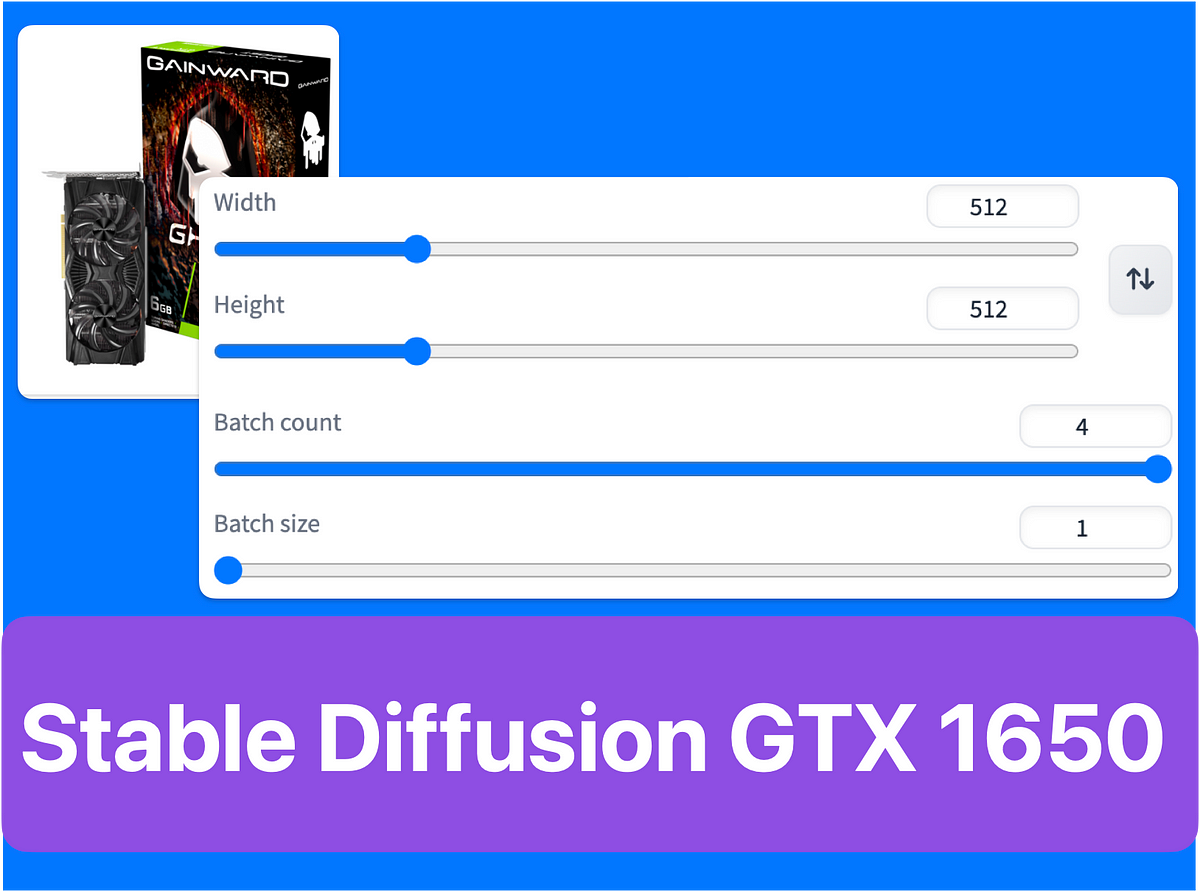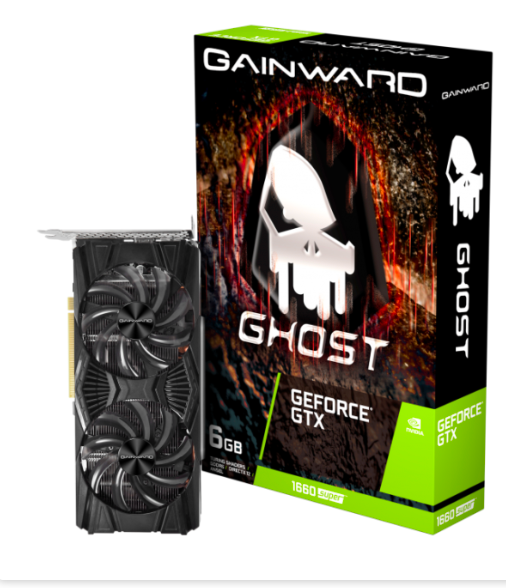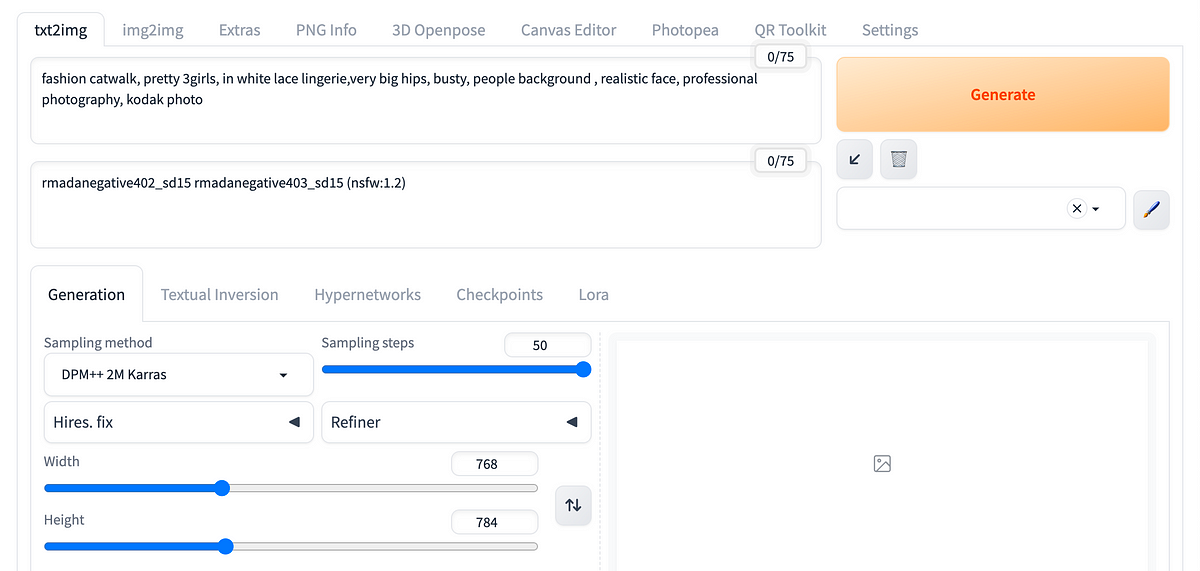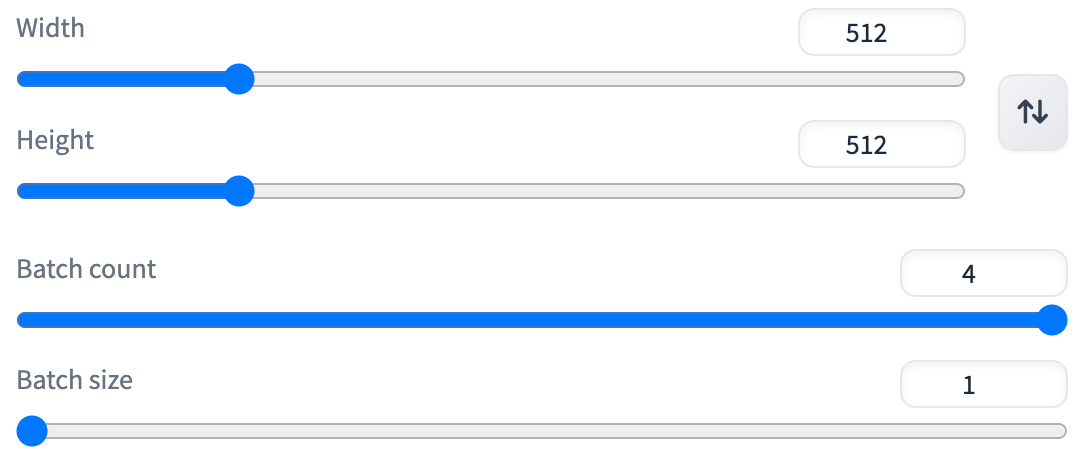Stable Diffusion GTX 1650: The Ultimate Guide

Discover the ultimate guide to Stable Diffusion GTX 1650, including specifications, performance, and tips for optimizing your gaming experience.
Are you looking for the ultimate guide to optimizing your GTX 1650 graphics card? Look no further than Stable Diffusion GTX 1650. In this comprehensive guide, we will cover all the basics of the GTX 1650 graphics card and what makes it stand out from the rest. We will then dive into Stable Diffusion and how it can enhance your experience with your graphics card. We will cover everything from recommended driver versions to relevant parameters and their roles, as well as common errors and how to resolve them. Additionally, we will provide tips on saving VRAM while using Stable Diffusion and enhancing performance through various sampling methods. Lastly, we will answer the question of whether enhancements to GTX 1650 can improve overall performance. Read on to become an expert in optimizing your graphics card with Stable Diffusion GTX 1650.
Understanding the Basics of GTX 1650
The NVIDIA GTX 1650 is optimized for gaming and creative work, with 4GB VRAM supporting 1080p resolution. Powered by the NVIDIA Turing architecture, this compact card is ideal for small form factor PCs and supports half precision for AI and machine learning tasks.
What is GTX 1650?
The GTX 1650, part of NVIDIA’s GeForce GTX series, is a budget-friendly graphics card ideal for casual gamers. With its power efficiency and excellent gaming performance at 1080p resolution, it offers great value for its price. Upgrade from integrated graphics to enjoy smoother gameplay.
Key Features of GTX 1650
The GTX 1650 enhances visual quality in gaming and creative applications. It features NVIDIA’s GDDR6 memory for high-speed data access, supports modern APIs like DirectX 12 and Vulkan, and boasts an efficient thermal design for quiet and cool operation. Additionally, it is equipped with hardware video encoding and decoding capabilities, perfect for content creation and streaming.

The Role of Stable Diffusion in GTX 1650
Stable diffusion in GTX 1650 enhances visual quality, reducing artifacts and screen tearing for a smoother gaming experience. Beneficial for high-performance gaming and multimedia, it ensures consistent, immersive graphics. This optimization technique is crucial for achieving an impeccable visual experience in gaming and video playback applications.
What is Stable Diffusion?
Stable diffusion is a graphics enhancement technology that enhances visual transitions, reducing pixelation and improving clarity. It optimizes rendering of complex visual effects in gaming and multimedia apps, minimizing noise and distortion for a more realistic experience.
Benefits of Using Stable Diffusion in GTX 1650
Enhancing overall visual fidelity, stable diffusion optimizes GTX 1650’s GPU resources for high-quality graphics. It minimizes inconsistencies, reducing strain on the GPU and ensuring artifact-free rendering.

How to Optimize GTX 1650 for Stable Diffusion
Recommended driver versions ensure optimal compatibility, while adjusting graphics settings further optimizes stable diffusion. Monitoring VRAM usage helps manage resources efficiently and ensuring proper cooling contributes to performance. Understanding batch size and parameters assists in fine-tuning for varied workloads. Good luck in optimizing your GTX 1650!
Recommended Driver Versions
Staying updated with NVIDIA GeForce drivers is crucial for stability and compatibility, ensuring the latest optimizations and bug fixes for seamless integration with stable diffusion. Regular updates guarantee continued enhancement, contributing to efficient utilization of GTX 1650’s capabilities.
Relevant Parameters and Their Role
Adjusting the batch size impacts stable diffusion performance in specific scenarios, while VRAM allocation optimization assists in workload-specific diffusion. Configuring half precision parameters can enhance AI and machine learning benefits. Monitoring GPU temperature and usage maintains stable performance. Optimizing CUDA and DirectX parameters enhances efficiency across applications.
Configure your webui-user.bat file as follows:
set PYTORCH_CUDA_ALLOC_CONF=max_split_size_mb:512
set COMMANDLINE_ARGS=--xformers --no-half --opt-sdp-attention --medvram
With those parameters you can generate a 512×512 image in about 15 seconds using the DPM++ 2M Karras model.
Total progress: 100%|██████████████████████| 25/25 [00:16<00:00, 1.71it/s]
Time taken: 15.81s
Torch active/reserved: 4010/5244 MiB, Sys VRAM: 6144/6144 MiB (100.0%)
Running stable diffusion on this card without the --no-half parameter results in this error: RuntimeError: Input type (float) and bias type (struct c10::Half) should be the same.
Resolving Common Errors with Stable Diffusion on GTX 1650
Troubleshooting black screen issues involves driver updates and graphics settings adjustments. Understanding VRAM usage patterns optimizes stable diffusion performance. Addressing artifacts may involve adjusting stable diffusion parameters and graphics card settings. Resolving stability issues requires ensuring sufficient power supply and system cooling. Utilizing stable diffusion optimizations in browser-based applications may need interface-specific setup and optimizations.
No Module ‘xformers’ Error
Encountering the ‘xformers’ module error may signal an improper installation. Verify its correct installation and accessibility in the Python environment. Troubleshoot by reinstalling with the latest version and scrutinize for typos or misspelled package names.
Model Fails to Load Error
When encountering a model fails to load error, ensure the accuracy and accessibility of the model file path. Check for compatibility issues with the stable diffusion setup and verify the integrity of the model file. Troubleshoot by testing with an alternative model and sample code provided in the tutorials.
Saving VRAM in Stable Diffusion
Explore reducing VRAM usage by optimizing batch size and utilizing half precision for model parameters. Consider methods like adjusting graphics card memory usage and optimizing default settings for stable diffusion. Experiment with VRAM-efficient configurations to enhance performance. Good luck in your efforts to save VRAM and improve stable diffusion!

How to Limit Resolution and Batch Size
To minimize VRAM utilization, adjust the resolution parameters and optimize the batch size for stable diffusion. Experiment with different batch size values to find the optimal setting, considering the trade-offs between resolution, batch size, and VRAM usage. Explore the impact of resolution reduction on VRAM usage, ensuring efficient utilization.
✅My advice is to generate 512×512 images for testing and fine-tuning purposes without exception.
Other Techniques to Save VRAM
Explore GPU optimizations for reduced VRAM usage. Implement memory-efficient data loading techniques. Consider using libraries with VRAM management functions. Experiment with custom scripts to monitor VRAM during stable diffusion. Investigate VRAM patterns using performance monitoring tools.
✅ Limit batch size to 1
Enhancing Performance of GTX 1650 Using Stable Diffusion
Comparing GTX 1650 performance with various sampling methods, evaluating stable diffusion’s impact, and optimizing parameters for maximum benefits. Exploring stable diffusion’s usage in gaming and AI applications, and investigating its stability and precision improvements.
Comparison of Different Sampling Methods
Analyzing performance variations among various sampling methods with GTX 1650 while exploring trade-offs between precision and performance. Comparing computational requirements, impact on VRAM usage, and stability to evaluate method suitability for diverse applications.
Tips to Reclaim More VRAM for Stable Diffusion
Explore advanced VRAM reclamation methods through system optimizations. Efficiently manage video card memory to free up VRAM. Implement custom scripts for memory reclamation in stable diffusion setups. Consider alternative GPUs to reclaim VRAM and evaluate the impact of VRAM reclamation on stability and performance.
Can Enhancements to GTX 1650 Improve Overall Performance?
Assess the impact of various enhancements on the overall performance of GTX 1650. Explore the potential for improved stability, precision, and AI capabilities. Evaluate how these enhancements can enhance gaming, graphics, and overall performance. Consider integrating them with existing GTX 1650 setups for optimal results.

Conclusion
To conclude, the GTX 1650 is a powerful graphics card that can greatly enhance your gaming experience. Stable diffusion is a key feature of the GTX 1650 that helps optimize its performance and deliver impressive results. By understanding the basics of the GTX 1650 and utilizing stable diffusion techniques, you can maximize the potential of your graphics card. From optimizing driver versions to resolving common errors and saving VRAM, there are various ways to enhance the stability and performance of your GTX 1650. Experiment with different sampling methods and techniques to reclaim more VRAM for stable diffusion. With the right optimizations, you can take your gaming experience to the next level with the GTX 1650.
novita.ai provides Stable Diffusion API and hundreds of fast and cheapest AI image generation APIs for 10,000 models.🎯 Fastest generation in just 2s, Pay-As-You-Go, a minimum of $0.0015 for each standard image, you can add your own models and avoid GPU maintenance. Free to share open-source extensions.
Recommended reading